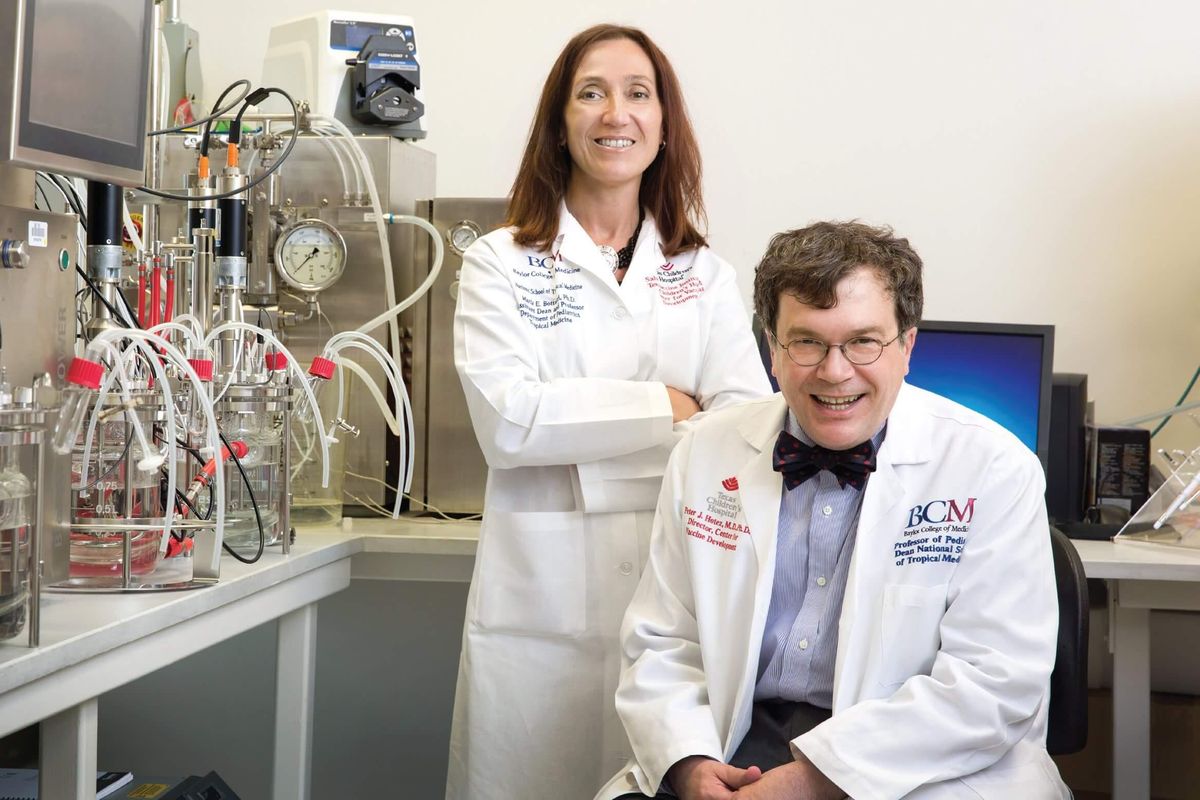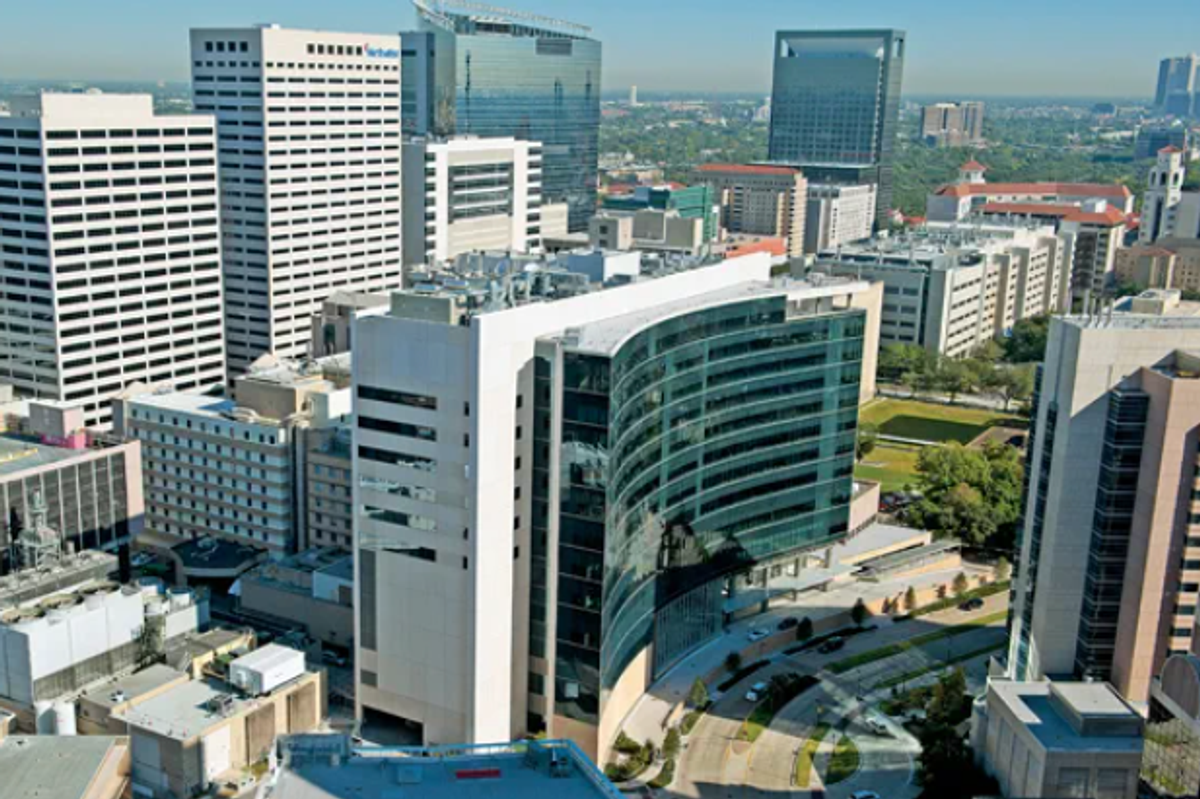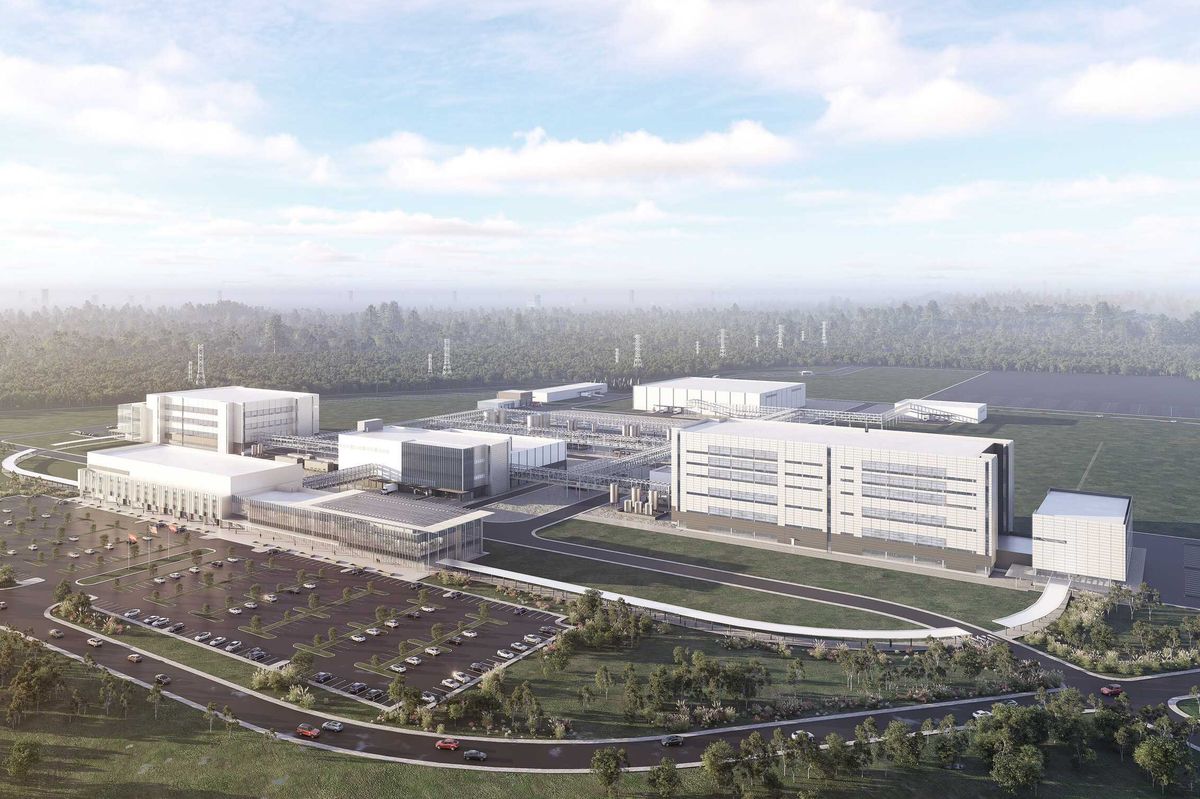Houston-area construction team utilizes technology to solve problems
Reality real estate
In recent years, the construction industry has begun embraced advancements in reality technology like virtual reality and augmented reality. While it has yet to reach critical mass in the industry, several contracting companies in the Houston region like McCarthy Building Companies are embracing the technology and blazing the trail for the construction industry.
Chris Patton, virtual design and construction manager for McCarthy's southern region, says many construction companies are consistently looking for ways to improve processes and procedures through reality technology.
"We really saw the potential and use cases for [VR] really early on, and it was really just a matter of the hardware and the software catching up to being something usable, consumable, deployable and cost effective on our projects," Patton says. "We were sitting there waiting for it and ready to go when it was."
Patton says these visualization tools have changed the way contractors display projects and have helped the partners on these projects — such as the design team, building owner and subcontractors — make better informed decisions earlier, more quickly and sometimes at a cheaper price point.
Before AR and VR technology entered the construction industry, companies either had to work with two-dimensional construction drawings or build very expensive, three-dimensional models, or mock ups, of construction sites that allowed clients to physically walk through a building space to interact with its features. Patton says the entire mock-up building process used to cost roughly $1 million — depending on the project size.
However, now this costly and time-consuming process is a thing of the past, as construction companies have found a way to utilize AR and VR technology to bring clients into a computer-generated environment. By putting on an AR or VR helmet, clients can immerse themselves and engage in a virtual environment that shows them all of the project's details and allows them to move about a virtual construction site the same way they would in a 3D model.
McCarthy's Houston division began utilizing reality technology in early 2015, with some of its other markets integrating the technology into their practices in late 2014. Since then, the company's use of AR and VR technology has grown exponentially, Patton says.
"When we first started evaluating and looking at virtual reality and augmented reality, [we] might have [used it on] one or two projects a year, and that was probably three years ago," Patton says. "Today, I'd say almost 60-75 percent of our projects—at some point in design or construction — utilize virtual reality or augmented reality or a combination of both."
Although McCarthy has been around since 1864, the general contracting company made its Texas debut in Dallas in 1981. Since then McCarthy expanded to create a Houston office in 2011, building a portfolio of renowned Houston clients such as the Museum of Fine Arts, Houston, the Holocaust Museum Houston, Texas Children's Hospital as well as the recent completion of Houston ISD's Kinder High School for the Performing and Visual Arts.
A notable project McCarthy's Houston Division took on was phase one the MFAH's master plan that included building The Glassell School of Art. The company also continues its work on phase two, which includes new developments for the MFAH for which McCarthy's virtual design and construction group created VR and AR models for the museum.
By using software like HoloLive and Fuzor for AR technology and Fuzor for VR technology, McCarthy's VDC group can visualize and combine digital creations with the real world, Patton says. With the growing number of projects utilizing the technology, Patton says McCarthy has invested greatly in personnel who will help grow the VDC group and continue to look for advancements in the construction industry.
"Some of the folks that we have those [VDC] positions in our company, some of them come from construction technology backgrounds and construction management backgrounds but others come from graphical design and have like a gaming background, some come from architectural backgrounds," Patton says. "[Reality technology] really kind of opened the door to a new opportunity for people to get engaged with the construction industry that we hadn't seen in the past."




















